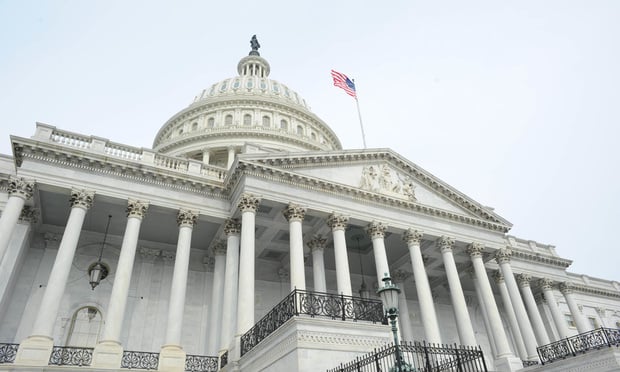When I began my career NAFCU and CUNA were embattled in a legislative fight with the banking industry over the passage of the Credit Union Membership Access Act — a legislative fight that the credit unions won due in part to an excellent array of Washington insiders as well as an unprecedented grassroots effort. I was honored to work countless hours with such credit union legends as Bill Donovan and Chuck Zuver on this battle.
I assure you that the two trade associations did not always get along nor agree. I can remember arguments between the two trades so intense that it caused individuals to scream and shout and eventually walk out of meetings. But, through it all, the dedication and commitment to the over 87 million credit union members across America allowed the two organizations to be better for their differences and achieve an unparalleled legislative victory for their members.
So to answer Editor-in-Chief Paul Gentile's question from his Oct. 4 column, "NO" the two trade associations do not need to get along or agree on how to accomplish their legislative or regulatory goals. The real question is why credit unions would want their trade associations to get along or agree on all issues. Over the past 10 years the two trades have complemented–and challenged–each other in every way possible. This competitive environment has produced the best possible results for the credit union members of both organizations. Washington, D.C. is not summer camp. I don't think Fred Becker and Dan Mica holding hands on Pennsylvania Avenue singing "Kumbaya" would benefit anyone especially the credit unions they represent.
Recommended For You
The real threat that credit unions face in this "do or die period in Washington" is their lack of representation. Compare credit unions, which have CUNA, NAFCU, sometimes NASCUS, and a handful of independent lobbyists who specialize in credit union issues, with the banking industry, which maintains three major trade associations, five or six specialized associations, as well dozens of independent lobbyists. Credit unions' representatives are simply outnumbered in Washington, D.C.
The facts are even more startling if you take this analysis one step further. The credit unions have two major political action committees that contribute a majority of the PAC money distributed by the credit union industry; the banking industry has over 90 PACs contributing to the same candidates. Between 2001 and 2005, bank PACs outspent credit union PACs almost 5 to 1. For instance, Senate Banking Committee Chairman Richard Shelby received more than $150,000 from bank PACs, but less than $12,000 from credit union PACs. Similarly, House Financial Services Chairman Mike Oxley received more than $120,000 from the banks, but only $15,000 from credit unions' PACs.
What the credit unions need is more not less representation on Capitol Hill. NAFCU and CUNA are undermanned and outspent daily; and they need their members to do more, more participation from individual members, more political contributions, and more grassroots involvement. Most credit union CEOs, executives, and volunteers meet with their members of Congress only once a year either for CUNA's GAC or NAFCU's Congressional Caucus. It is no wonder that their representatives are not more responsive.
I have now moved on to the telecommunications industry, which of course is a much different industry, but like the banking industry, this industry is driven by competition and profits. There are at least a dozen different trades, dozens of corporations and hundreds of lobbyists. Competition is a good thing and I never need to ask people twice to get involved or to contribute to a PAC.
So, while NAFCU and CUNA maintain their excellent levels of representation, the question you should be asking the credit union community is why aren't they doing more.
Because if they don't, credit unions are sure to get left behind. Murray Chanow Sprint Nextel Corporation Director, Government Affairs Washington, D.C.
© 2025 ALM Global, LLC, All Rights Reserved. Request academic re-use from www.copyright.com. All other uses, submit a request to [email protected]. For more information visit Asset & Logo Licensing.







